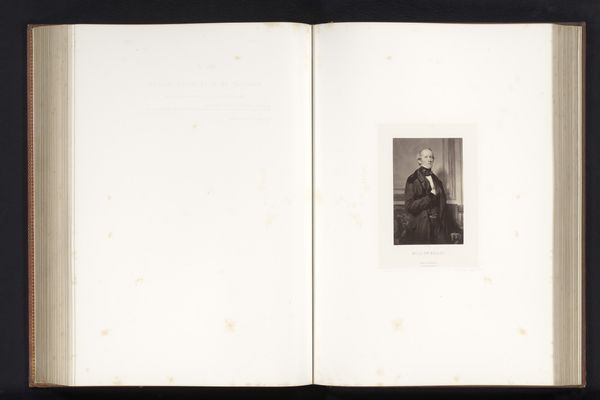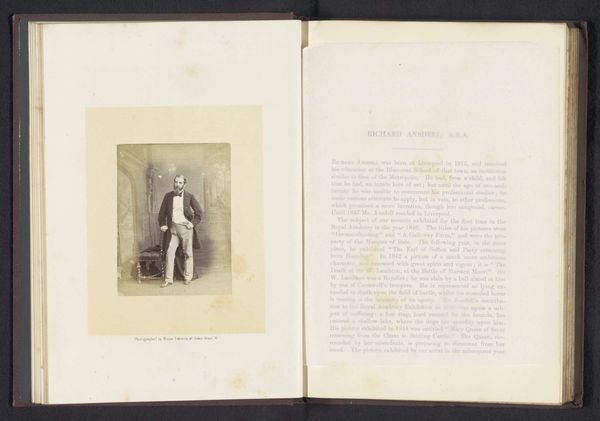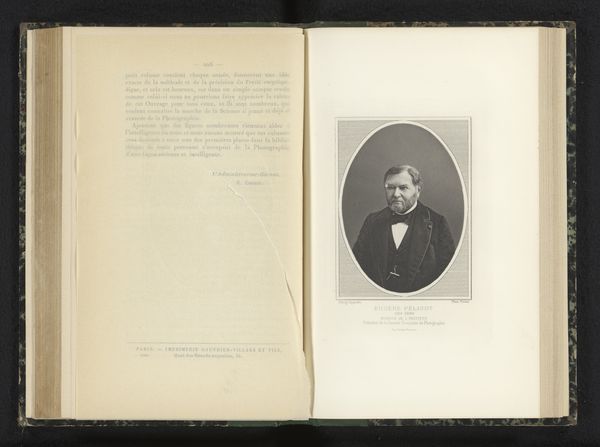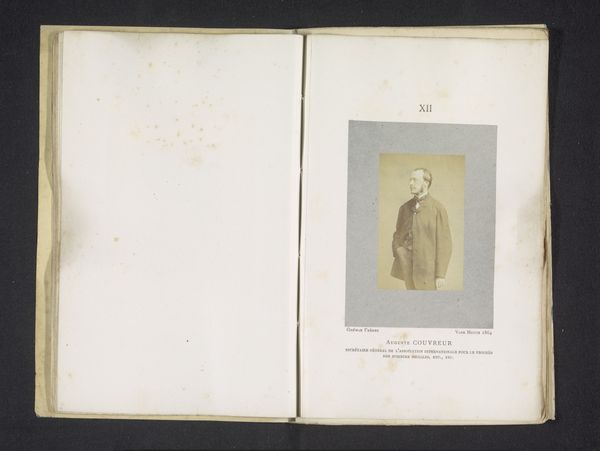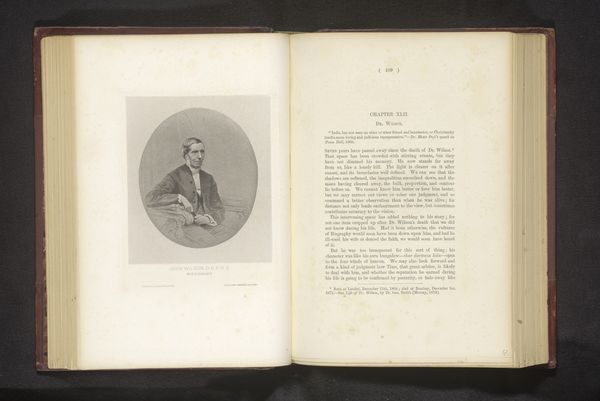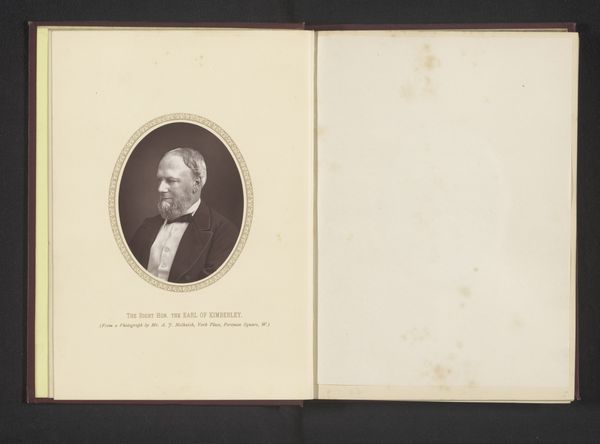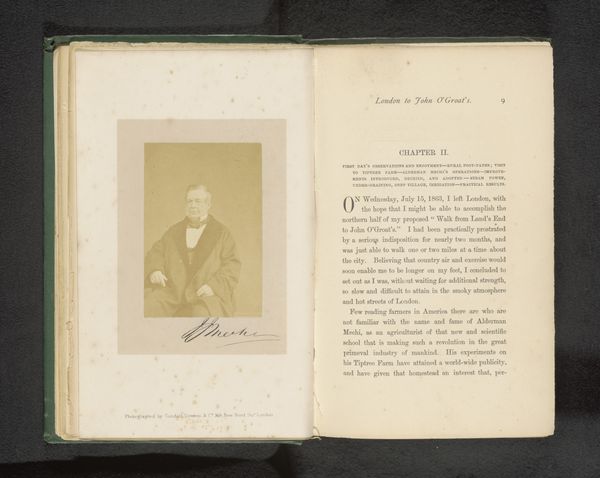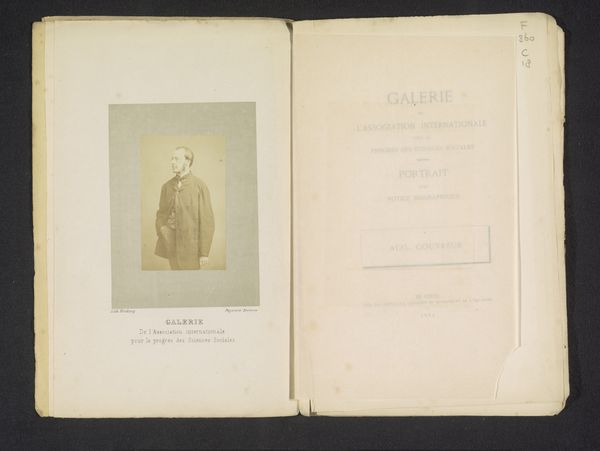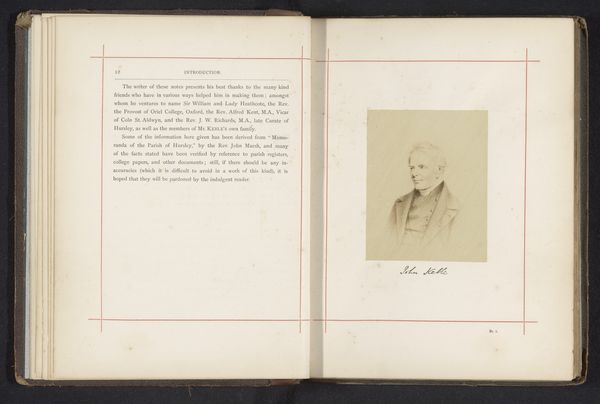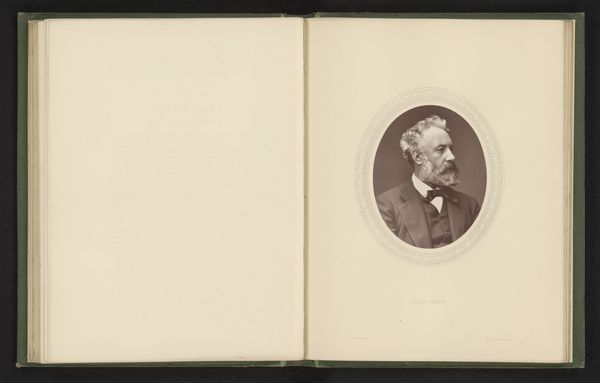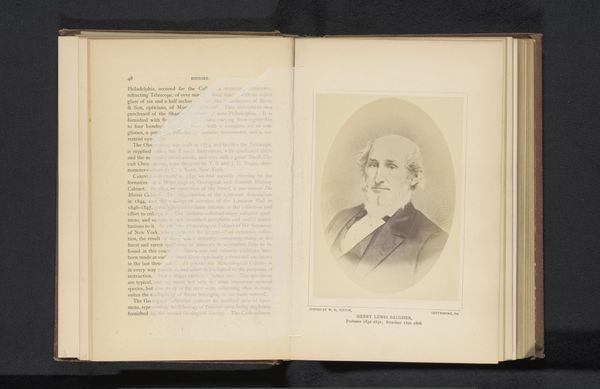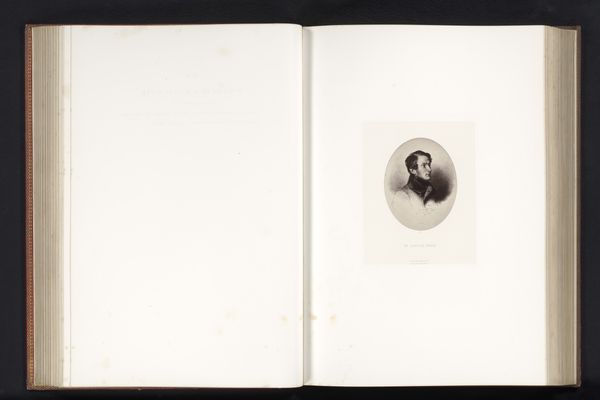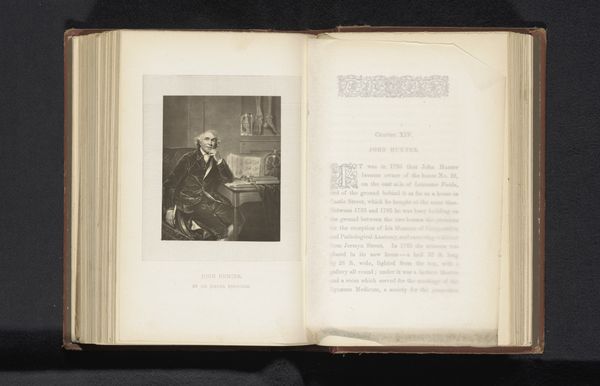
paper, photography, gelatin-silver-print, albumen-print
#
portrait
#
type repetition
#
aged paper
#
homemade paper
#
paper non-digital material
#
paperlike
#
white palette
#
paper texture
#
paper
#
photography
#
folded paper
#
gelatin-silver-print
#
thick font
#
paper medium
#
albumen-print
Dimensions: height 86 mm, width 54 mm
Copyright: Rijks Museum: Open Domain
Editor: Here we have a photograph titled "Portret van Charles Latour Rogier," created before 1865 by Ghémar Frères. It seems to be an albumen print mounted in an album. The texture of the aged paper it’s printed on is quite striking. What can you tell me about this work? Curator: Focusing on the materiality, let’s consider the albumen print itself. The process, using egg whites to bind the photographic chemicals to the paper, speaks volumes about the burgeoning photographic industry and its relationship to artisanal practices. How do you think the use of such a delicate, organic material impacted the reception of photography at the time? Editor: That's an interesting point! It bridges a gap between handmade craft and mechanical reproduction, perhaps legitimizing photography as an art form in the mid-19th century. What about the social implications of photography at that moment? Curator: Precisely! Consider how the rise of photography democratized portraiture. It moved it away from the exclusive realm of painted portraits enjoyed only by the elite. Figures like Charles Latour Rogier, a prominent statesman, could now have their image widely disseminated, influencing political perceptions and cultivating a public image. Did the accessibility of photography challenge the established hierarchies of representation? Editor: Absolutely! It shifts the power dynamic. Though access to having your photo taken wasn't entirely universal, it was still much more widespread than painted portraits ever were. So, analyzing the materiality, the means of production, helps us to understand its impact on culture, politics, and class structures? Curator: Exactly. The "homemade paper" aspect points us towards a complex production network. Who made this paper? Under what conditions? And how did those factors influence the final product? Editor: I never considered all the labour behind one single photograph, it makes it richer for me. Curator: Indeed, it reminds us that even seemingly simple images are the product of extensive material processes and social relations.
Comments
No comments
Be the first to comment and join the conversation on the ultimate creative platform.

